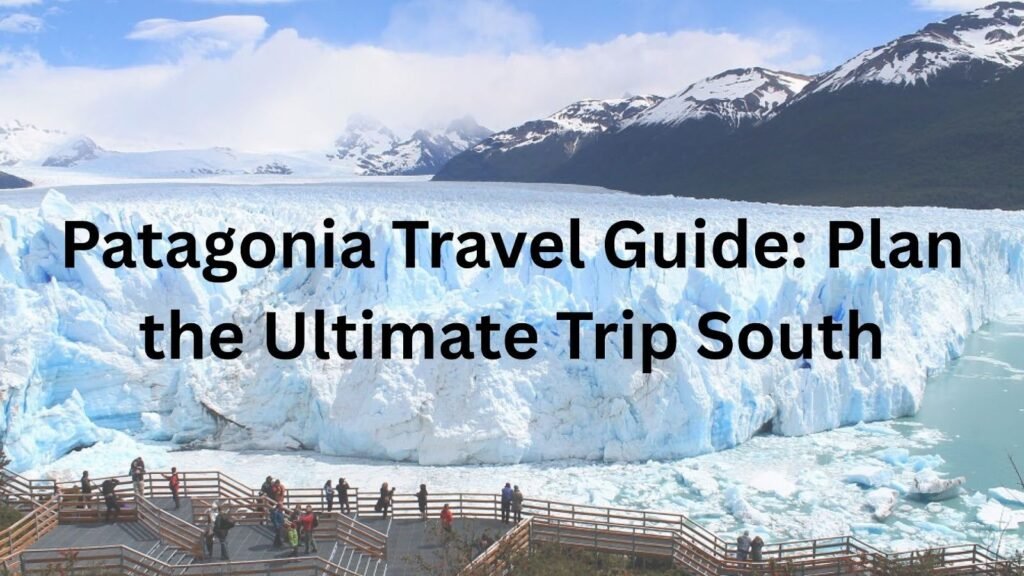Patagonia stretches across the southern tips of Argentina and Chile, offering some of the most dramatic scenery on Earth. Towering granite peaks pierce the sky, massive glaciers crack and groan, and wild landscapes seem to go on forever.
This region isn’t your typical vacation spot. The wind howls, the weather changes in minutes, and you’ll need to plan carefully. But that’s what makes it special.
This Patagonia travel guide covers everything you need to know before booking your trip. You’ll learn when to visit, how to get around, and which places deserve your time. Ready to start planning? Let’s get into it.
Essential Planning Information for Patagonia
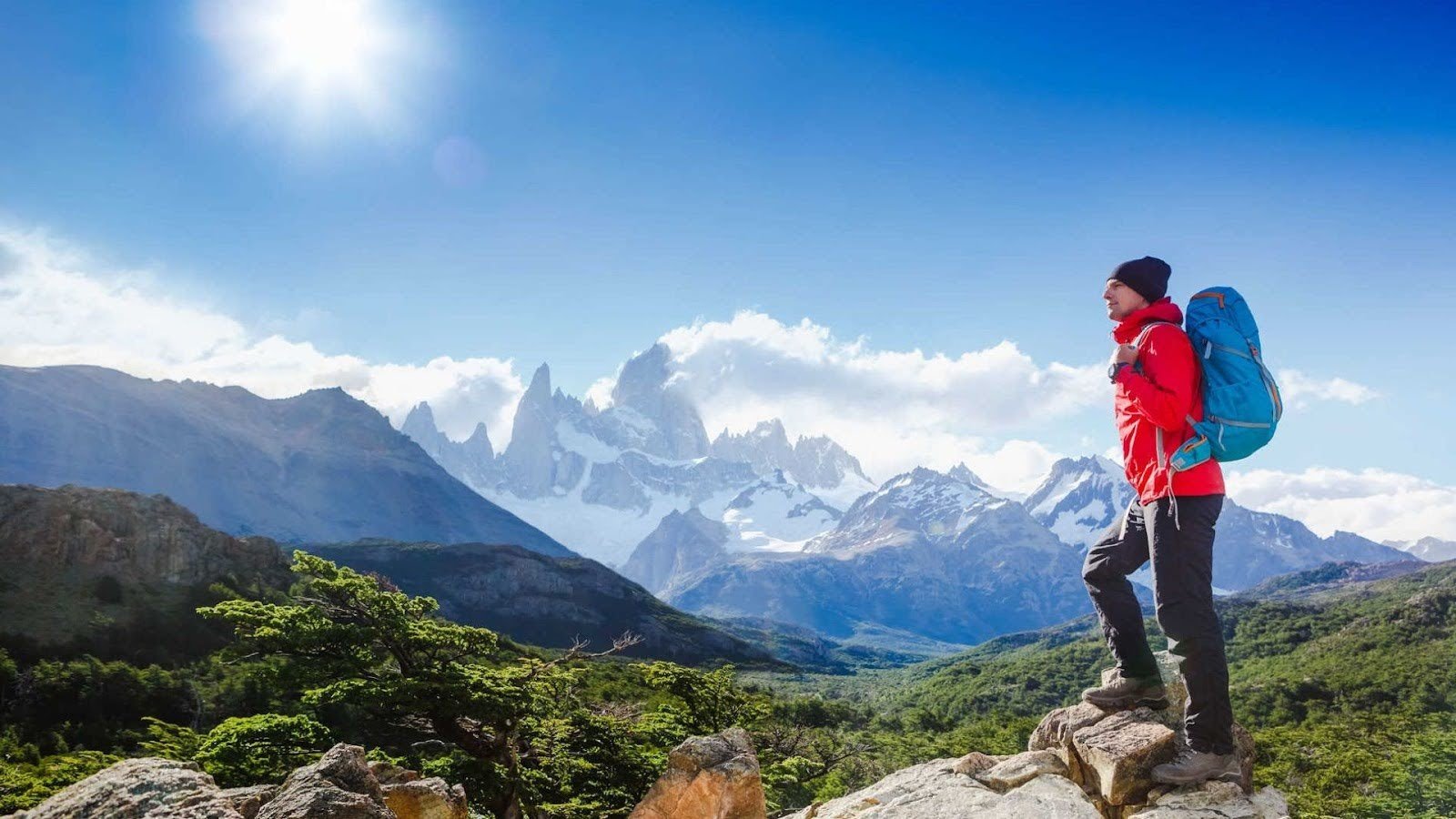
Before you book flights, let’s cover the basics. Good planning makes the difference between a smooth trip and a frustrating one.
- Summer months (December through February) offer the best hiking weather and longest days
- Shoulder seasons (November and March) bring fewer tourists but less predictable weather
- A minimum of 7 days gives you a taste of the region
- Two weeks lets you see highlights in both Chile and Argentina
- Chilean Patagonia tends to be more crowded and developed
- The Argentine side feels more intimate with smaller towns
- Hostels, public buses, and self-guided hikes keep costs down
- Food and gear can be pricey in remote areas
- Fly into Puerto Natales for Chilean Patagonia
- El Calafate serves as the gateway to Argentine Patagonia
This Patagonia travel guide recommends planning your route based on what matters most to you.
What the Weather is Really Like
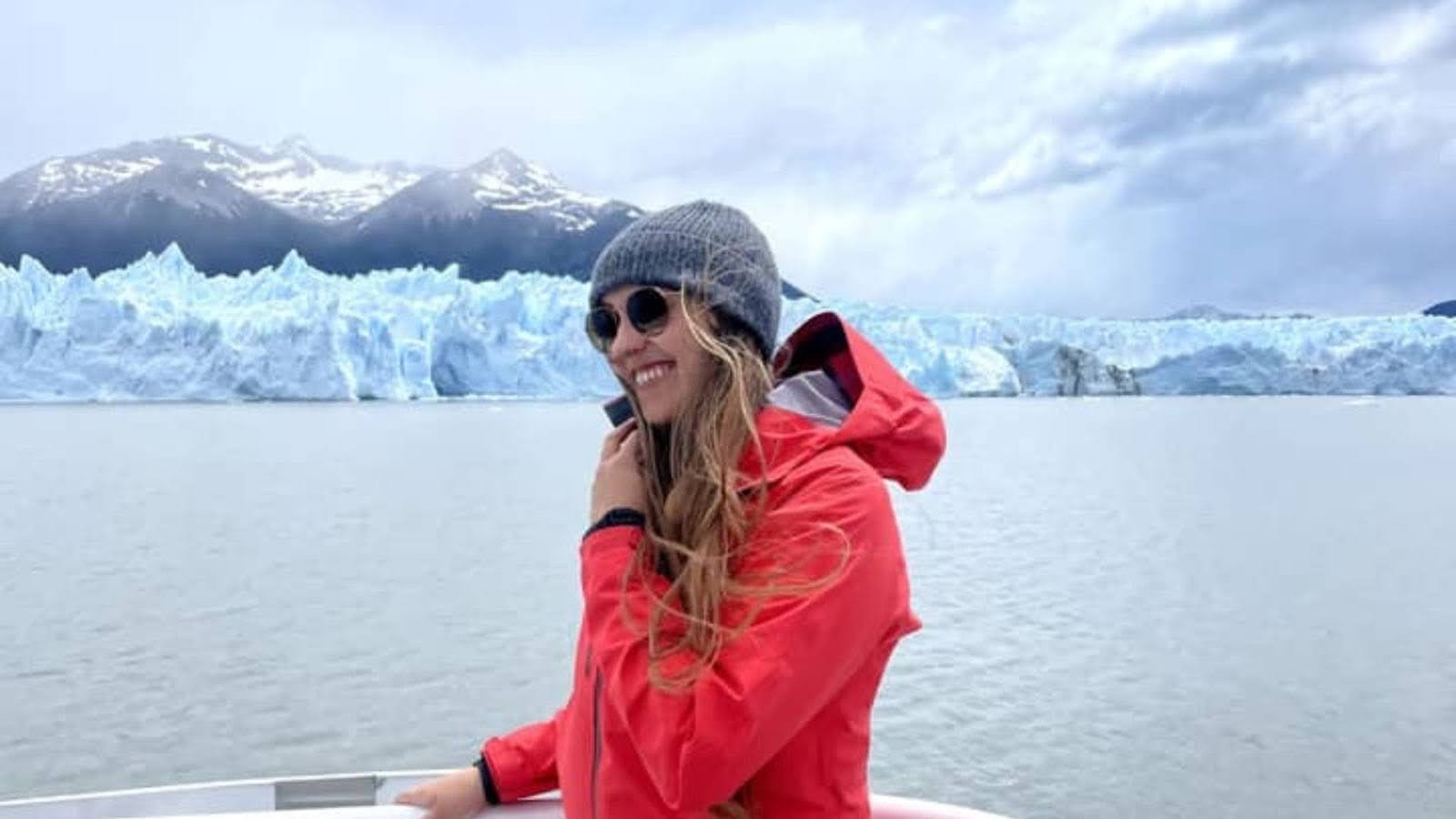
Everyone talks about Patagonia’s beauty. Fewer people warn you about the wind. The region sits in the roaring forties, where gale-force winds rip across the landscape almost constantly during summer. Your hair will tangle into knots. The wind howls across the steppe like a living thing.
The temperature ranges from the 40s to the low 60s Fahrenheit in summer. Mornings start cold, afternoons warm up, and evenings chill down again. Locals say to “dress like an onion” because you’ll peel layers on and off all day long.
A windproof jacket isn’t optional gear. The weather changes so fast that you might experience sun, rain, and wind in a single hour. Build buffer days into your schedule for when the weather shuts down trails.
Border Crossings Between Chile and Argentina

The border between Chile and Argentina stretches 3,298 miles, but crossing points are surprisingly limited. The process takes longer than you’d expect, with thorough searches at each checkpoint.
Sniffer dogs check every bag for drugs, money, and prohibited foods. Chile bans seeds, honey, and any meat products from entering the country. Fill out your customs forms on the bus before arrival to speed things up.
Gravel roads connect many checkpoints, adding travel time. Schedule extra time for border days. This Patagonia travel guide suggests treating border crossing days as travel days only.
Getting Around Without a Car
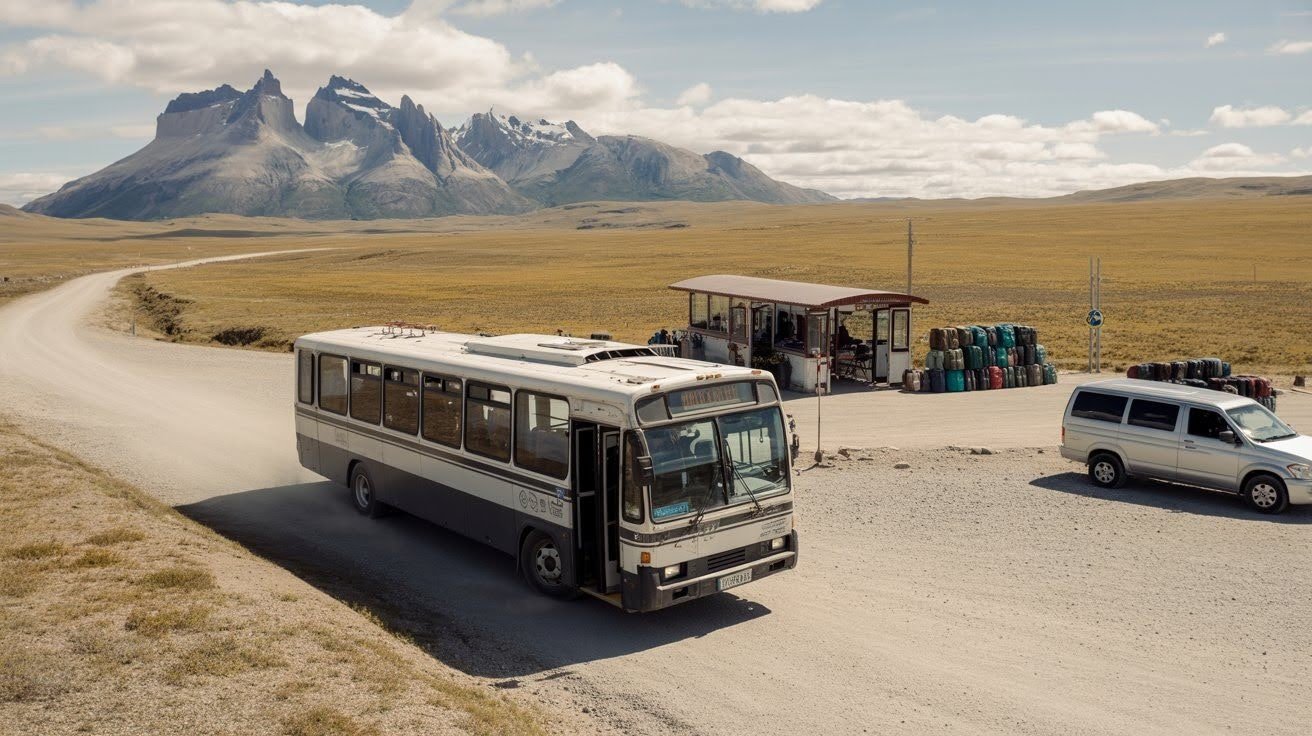
Public buses connect all major towns and tourist sites in Patagonia. They run reliably, cost less than rentals, and let you relax instead of driving on unfamiliar gravel roads.
Book tickets online or at bus stations. During peak summer months, popular routes fill up days in advance. Shared shuttles run from airports to nearby towns.
Small towns like El Chalten and Puerto Natales are completely walkable once you arrive. Buses reach all the places covered in this Patagonia travel guide.
Must-Visit Destinations
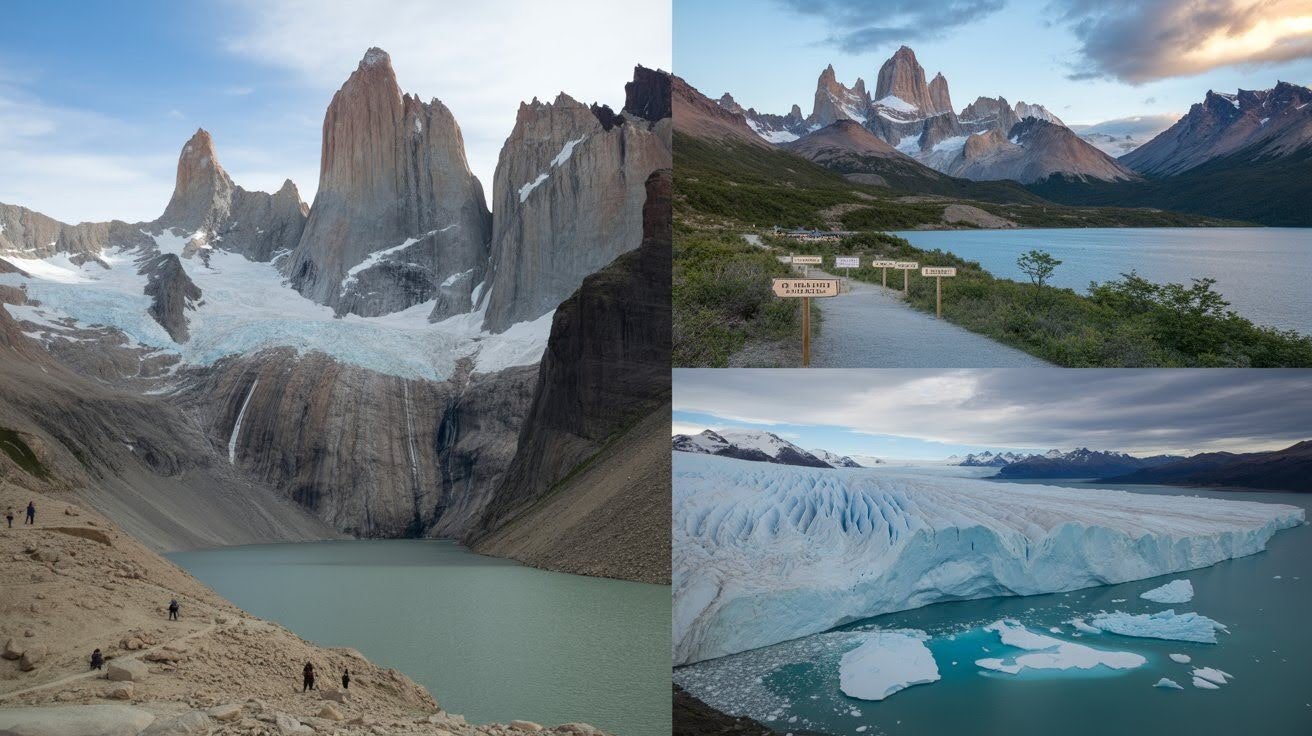
Now for the places that put Patagonia on every adventurer’s list.
Torres del Paine National Park, Chile
Chile’s most famous park centers around three granite spires called Torres del Paine. Glaciers flow down from ice fields, and turquoise lakes reflect mountains.
The W-Trek takes 4 to 5 days and covers the park’s highlights. The O-Trek circles the full massif in 7 to 8 days. Day hikers can visit viewpoints without camping overnight. Entrance fees run around $35 USD in peak season.
Activities include hiking, kayaking, boat tours to Grey Glacier, and horseback riding through valleys.
El Chalten, Argentina
Argentina named El Chalten the “National Capital of Trekking,” and it lives up to the title. This small town sits at the base of Mount Fitz Roy, the spiky peak featured on the Patagonia brand logo.
The trail to Laguna de Los Tres ranks as a favorite in any Patagonia travel guide. An eight-hour round trip takes you to a lake with front row views of Fitz Roy. The Cerro Torre trail offers an easier, flatter option.
The town feels more relaxed than Torres del Paine. All trails here are free with no permits required.
Perito Moreno Glacier
This massive glacier near El Calafate is a UNESCO World Heritage site. The glacier face towers 200 feet above the water and stretches three miles wide.
Boardwalks provide free viewing from multiple angles. You can watch chunks of ice crack off and crash into the water. Ice trekking tours take you onto the glacier itself.
Boat tours get you close to the glacier face, where you truly grasp the scale. This spot alone justifies a trip to Argentine Patagonia.
Beyond the Hotspots
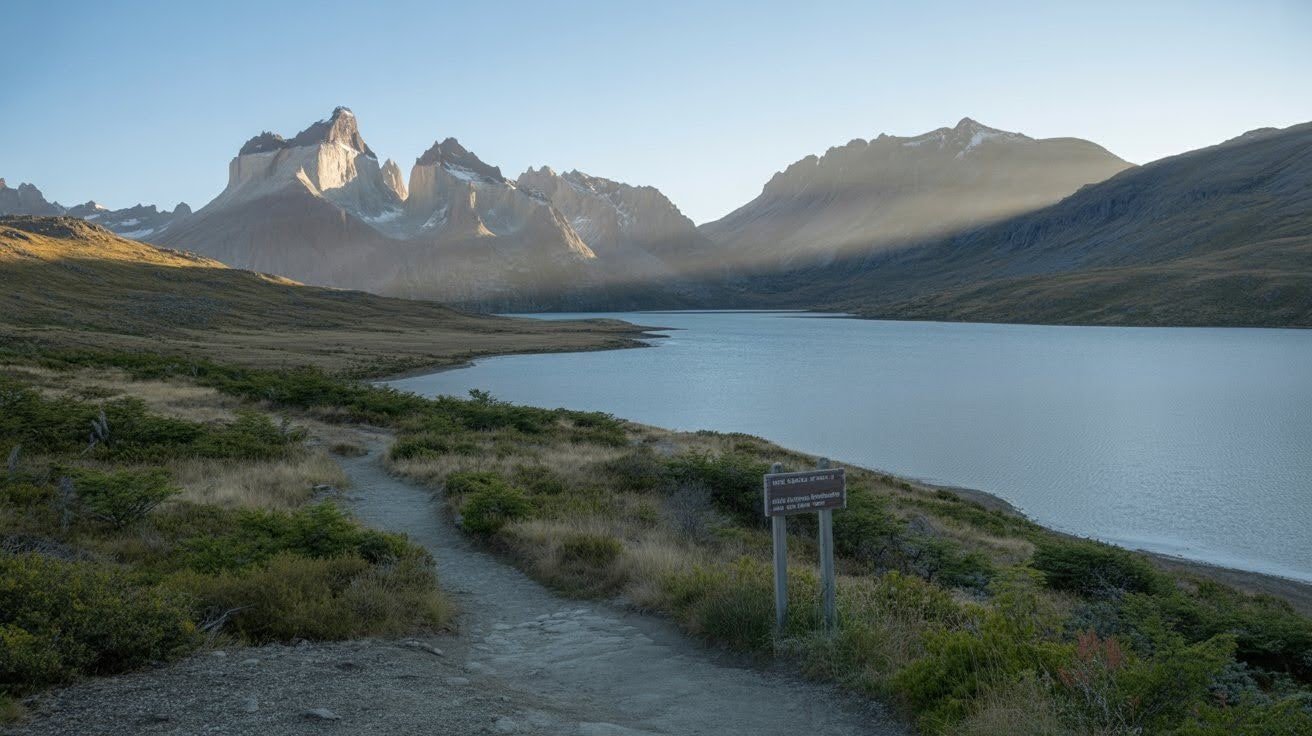
Popular viewpoints are filled with tour groups during midday. Crowds stick to main trails and famous photo spots. Early morning starts help you beat the rush on popular routes.
Little-known trails branch off from major routes into quieter valleys. Here you find the silence everyone imagines when they think of Patagonia. Mountains stand without another person in sight.
Local guides know hidden spots that don’t appear in standard resources. Ask locals at your hostel or in town for trail recommendations.
Don’t Skip the Towns and Cities
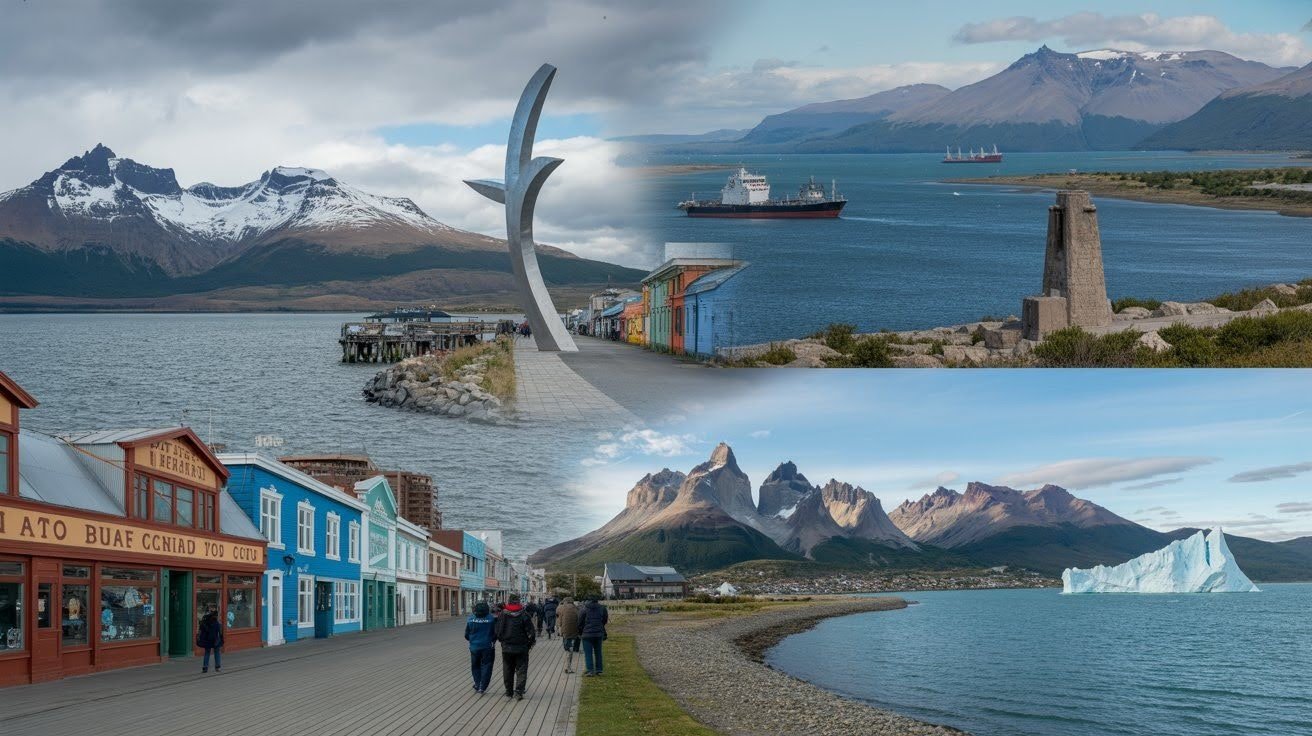
Mountains get all the attention, but the towns deserve time too.
Puerto Natales
This town serves as the gateway to Torres del Paine. Waterfront walks offer mountain views across the sound. You’ll stock up on supplies here and rent gear.
The wind monument celebrates the force that shapes life here. Made of metal tubes, it whistles and hums when the wind passes through.
Ushuaia
Ushuaia claims the title of world’s southernmost city. The Malvinas War Memorial honors Argentine soldiers. San Martin Street features art deco architecture from the city’s earlier days.
Views of the Beagle Channel stretch out from the waterfront. Ushuaia offers city amenities and access to Tierra del Fuego National Park.
El Calafate
Located on the shores of Lago Argentino, El Calafate has grown into a tourism hub. The Glaciarium Ice Museum teaches about glacier science through interactive exhibits.
This makes a comfortable base for visiting Perito Moreno. The town has more accommodation options than smaller places.
Local Culture and People
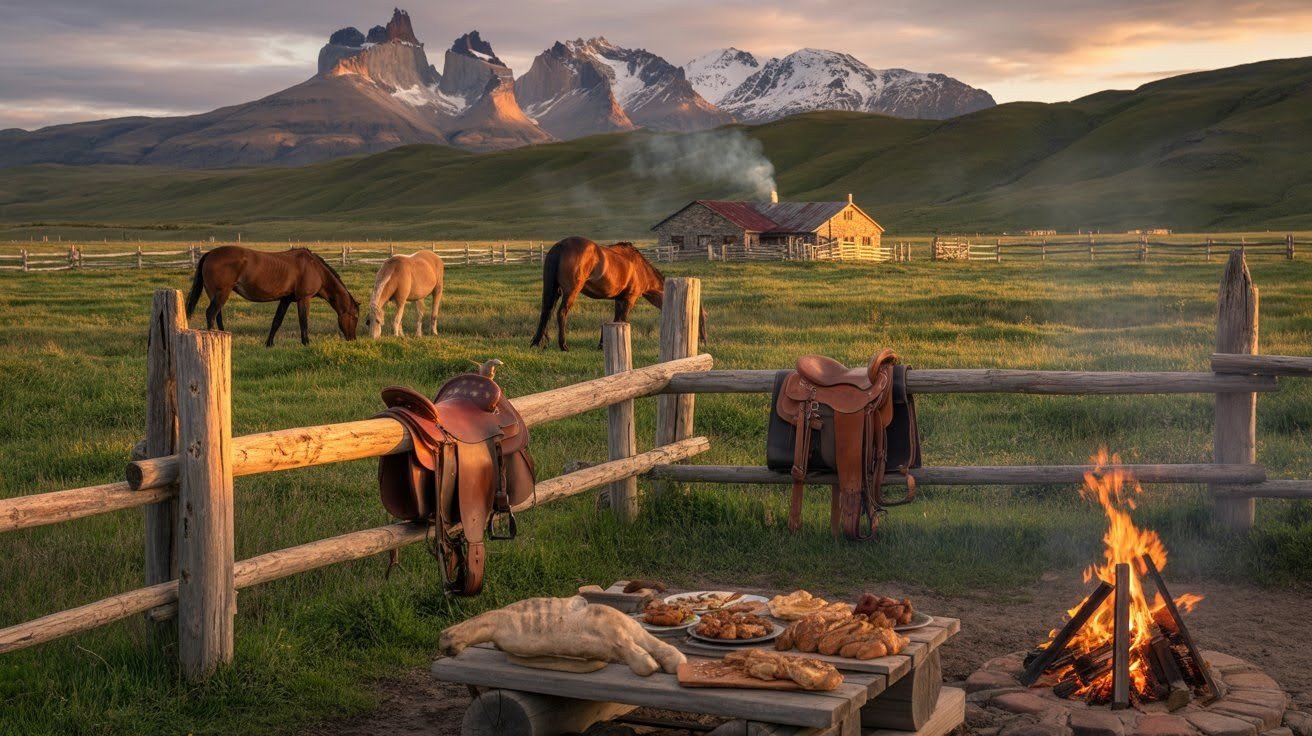
The landscapes bring you to Patagonia, but the people make it stick in your memory. Gauchos still work on estancias (ranches) across the region. Some ranches welcome visitors for meals and horseback riding.
Talk to locals about why they live here. Many swapped city jobs for horses and wilderness. Their stories about surviving winters and choosing this life give depth to your understanding.
Regional cuisine reflects the culture of raising sheep and cattle on harsh land. These conversations become highlights that travelers remember for years.
Food You Must Try
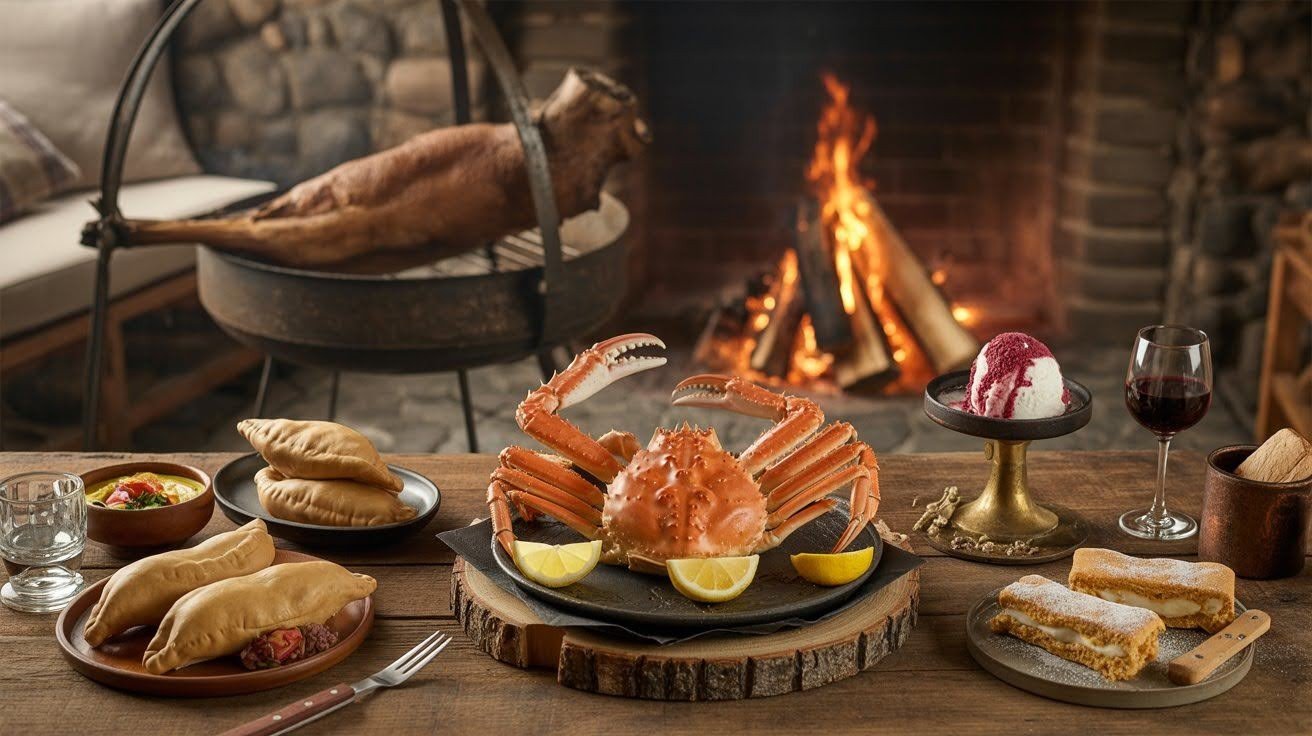
Patagonian food centers around lamb, seafood, and hearty warmth against cold wind.
- Cordero al Palo: Lamb slow-cooked on a cross over a wood fire
- King Crab: Fresh from the Beagle Channel, served in Ushuaia
- Empanadas: Baked pastries filled with beef or cheese and spinach
- Calafate Berries: Purple berries made into ice cream and cocktails
- Alfajores: Cookie sandwiches filled with dulce de leche
Both Argentine and Chilean cuisine appear on menus throughout the region.
Accommodation Options for Every Budget

Patagonia offers sleeping options from basic campsites to luxury lodges.
- Refugios: Hostel-style mountain huts with bunk beds and meals included
- Domos: Permanent dome tents with real beds
- Campsites: Bring your own tent or rent equipment in town
- Hostels: Affordable options ranging from $20 to $80 per night
- Hotels: Budget to luxury options in larger towns
Book ahead during peak season from December through February. Torres del Paine lodging fills up months in advance.
Conclusion
Patagonia demands preparation but rewards those who do their homework. The wind will challenge you. Border crossings will test your patience. But these challenges are part of what makes the experience real.
Visit both Chile and Argentina if time allows. Popular spots deserve their fame, but quieter trails provide the solitude many travelers crave. Towns offer comfort and culture between mountain days.
Budget travelers can absolutely visit Patagonia without breaking the bank. The region works for different styles and schedules. Take enough time to really see things.
This is the “uttermost part of the earth” as early explorers called it. Use this Patagonia travel guide to plan smart. Then get out there and see what all the talk is about.
Frequently Asked Questions
Do I need to speak Spanish to visit Patagonia?
Tourist areas have English speakers at hotels and tour companies. Basic Spanish helps in smaller towns. Translation apps work well for menus and conversations. Learning a few polite phrases improves interactions with locals.
What kind of physical fitness do I need for hiking in Patagonia?
Day hikes suit moderate fitness levels with options from easy to challenging. The W-Trek requires carrying a pack for multiple days. Training with weighted walks helps prepare. Easier trails and boat tours work for those avoiding strenuous activity.
Can I visit Patagonia with children?
Families visit Patagonia successfully with proper planning. Shorter day hikes, boat tours, and town exploration work well with kids. Many accommodations welcome families. Consider your children’s ages and stamina when choosing activities.
How much cash should I carry in Patagonia?
ATMs exist in all towns. Credit cards work at most hotels and restaurants. Carry cash for border taxes, small vendors, and mountain refugios. Keep a mix of Chilean pesos and Argentine pesos if crossing borders.
Is it safe to drink tap water in Patagonia?
Argentine Patagonia has safe tap water in most areas. Chilean tap water is generally safe, too. Mountain streams provide clean water for refilling bottles on trails. Staying hydrated matters in the constant wind.

